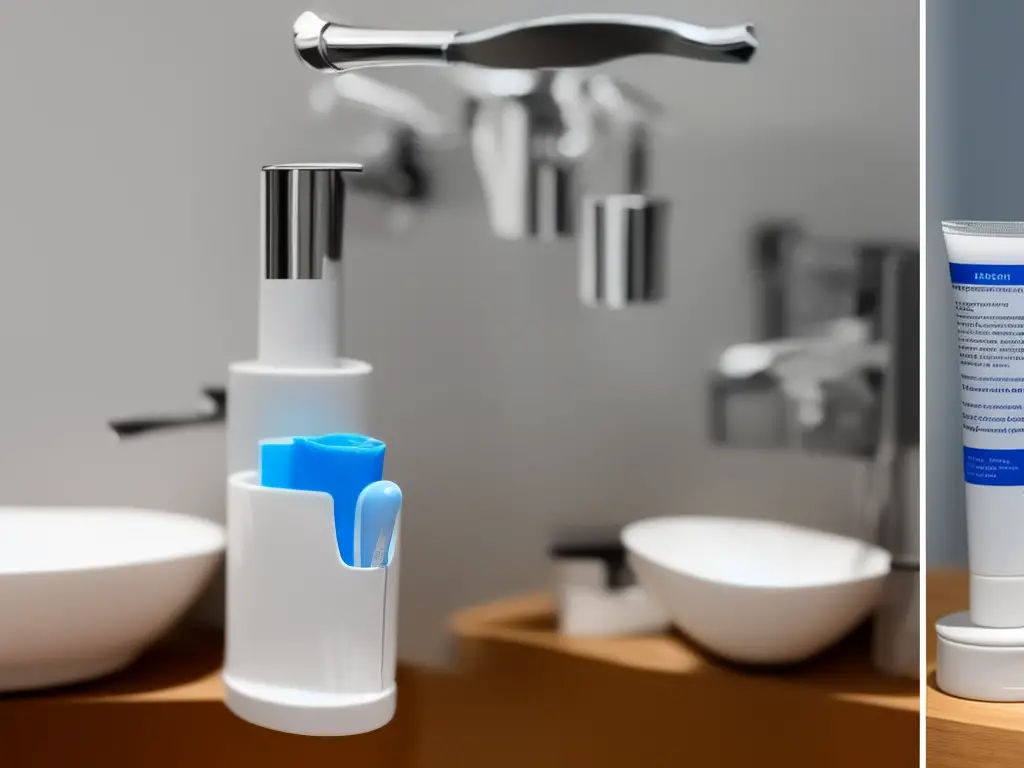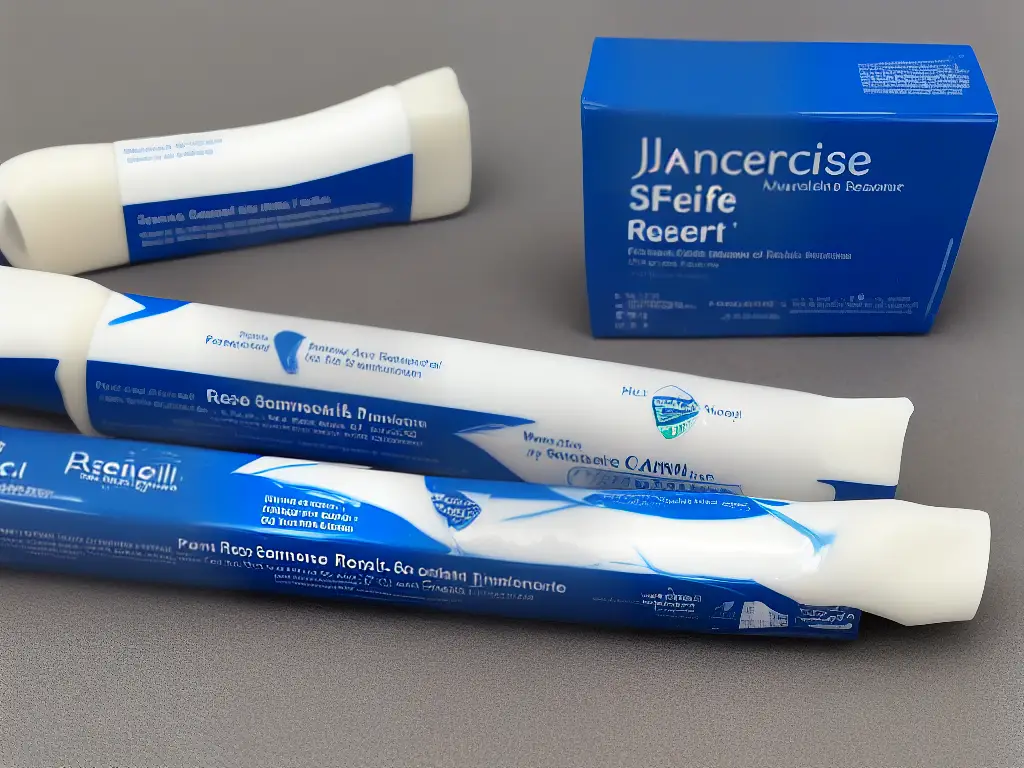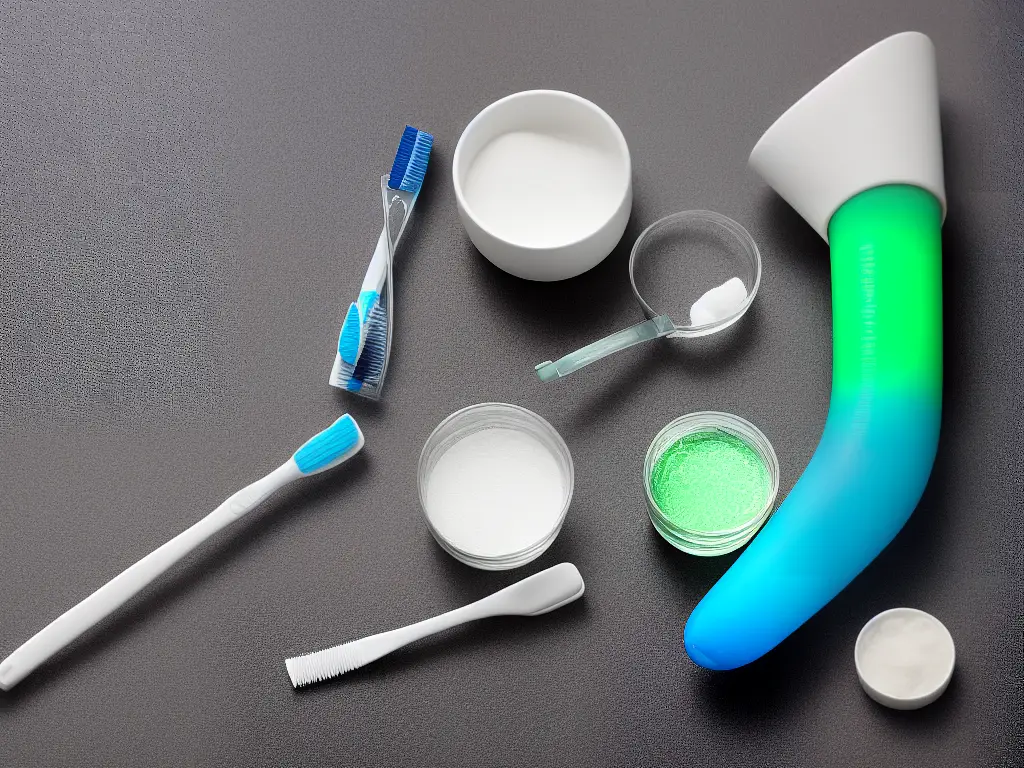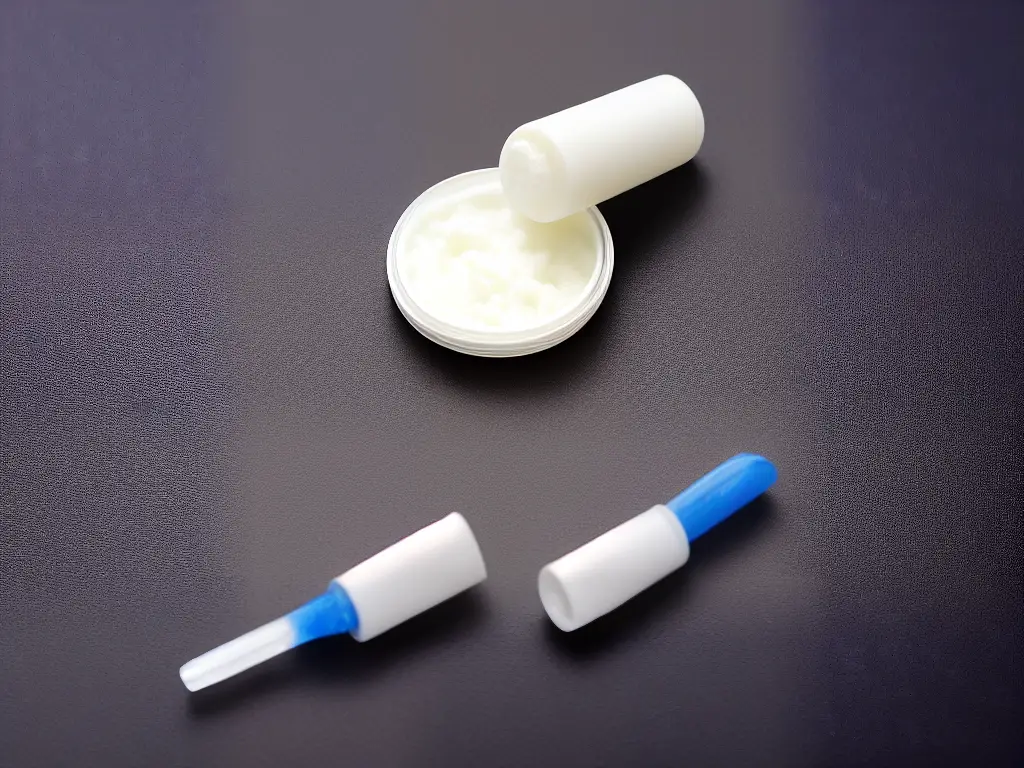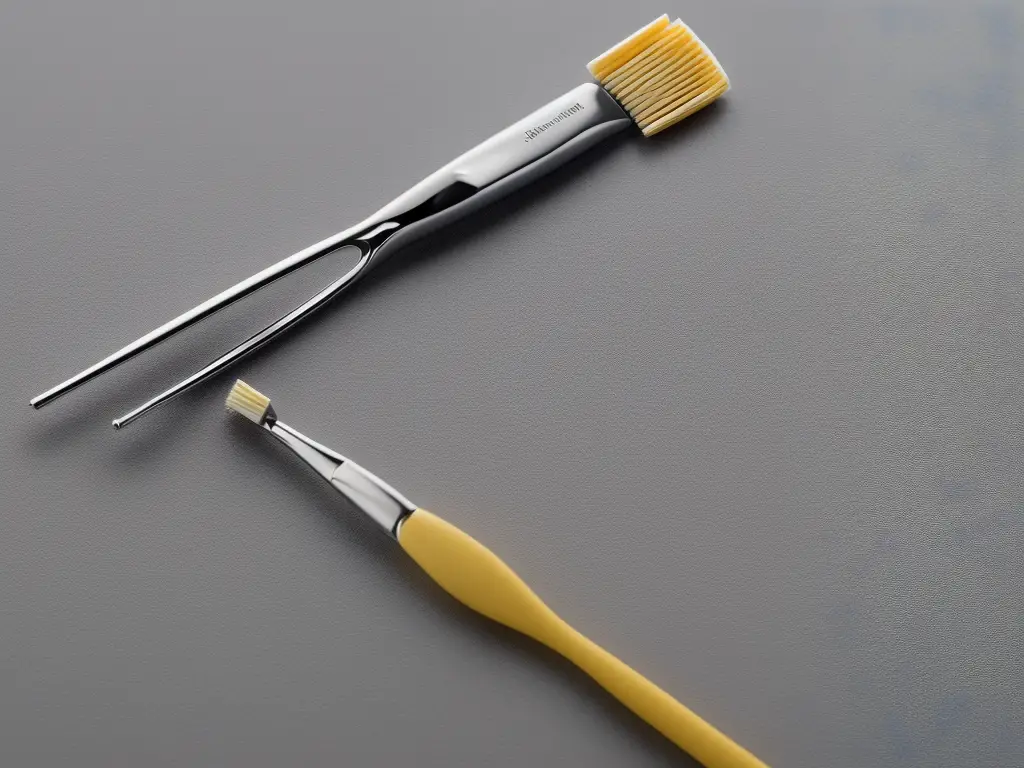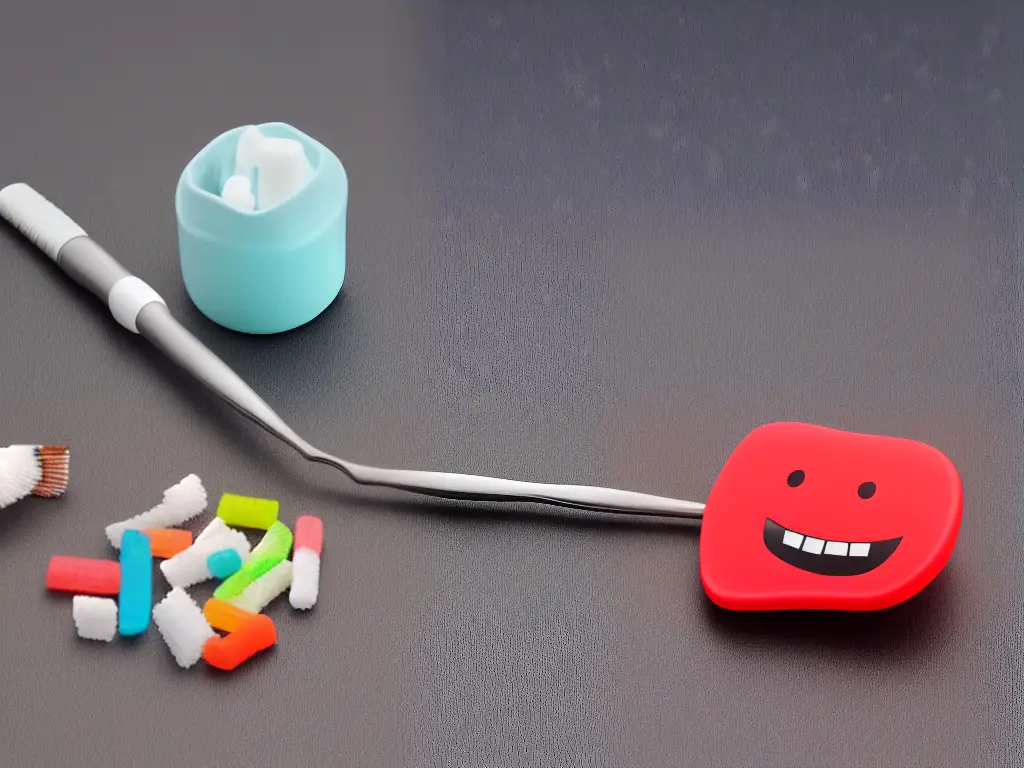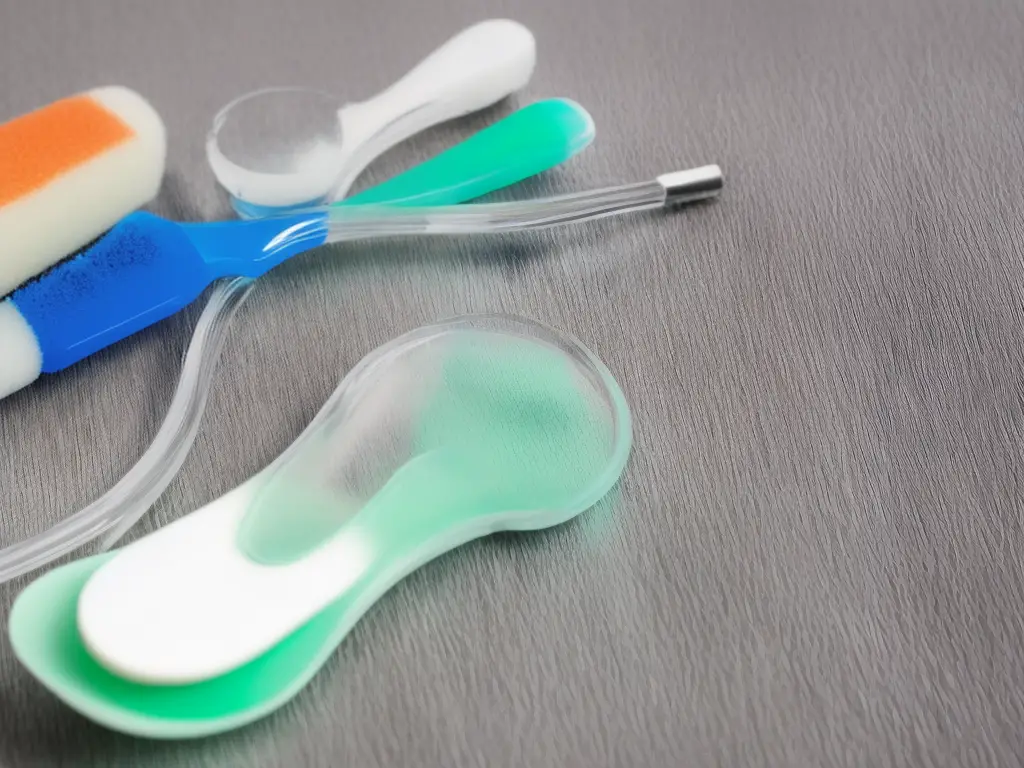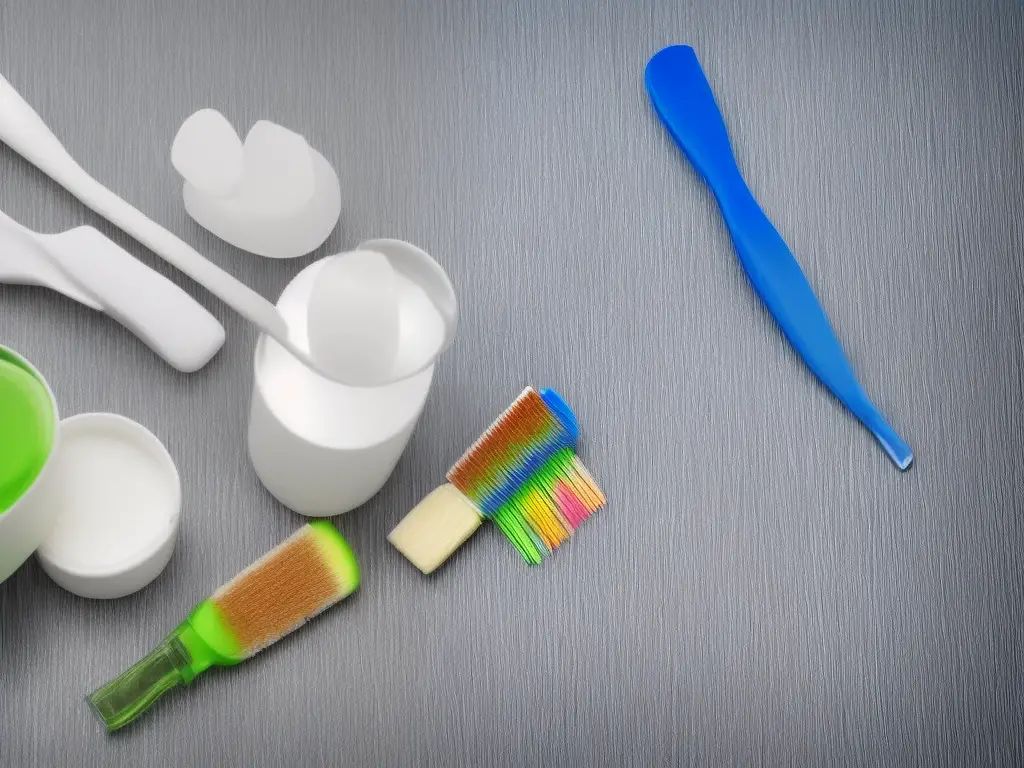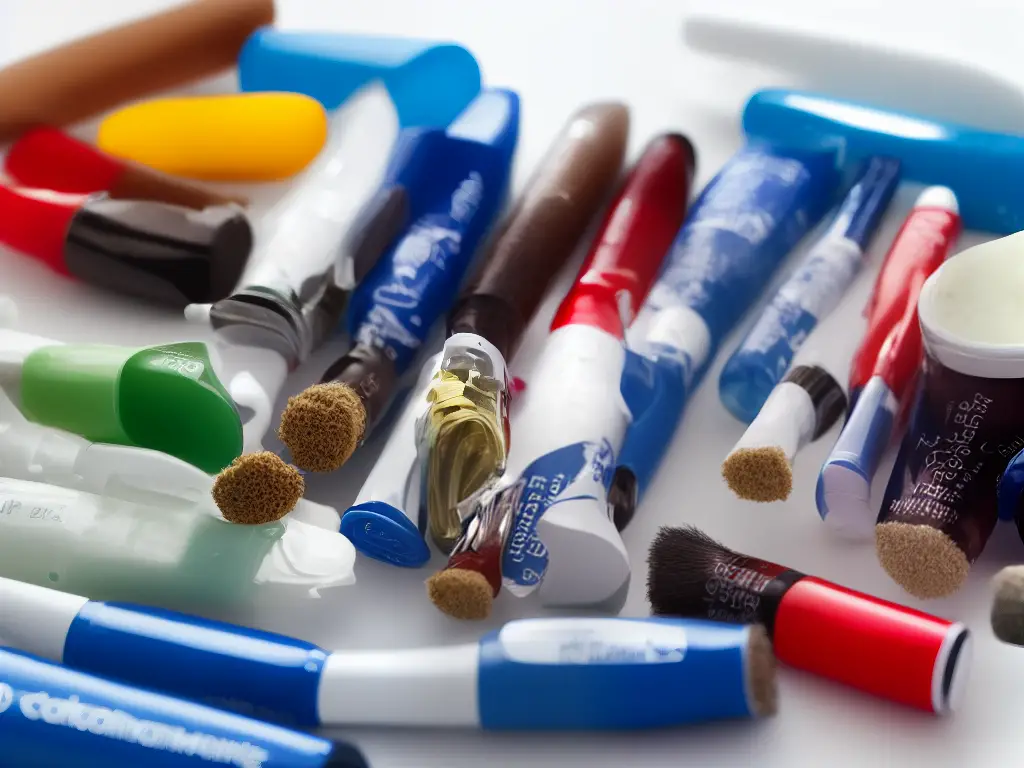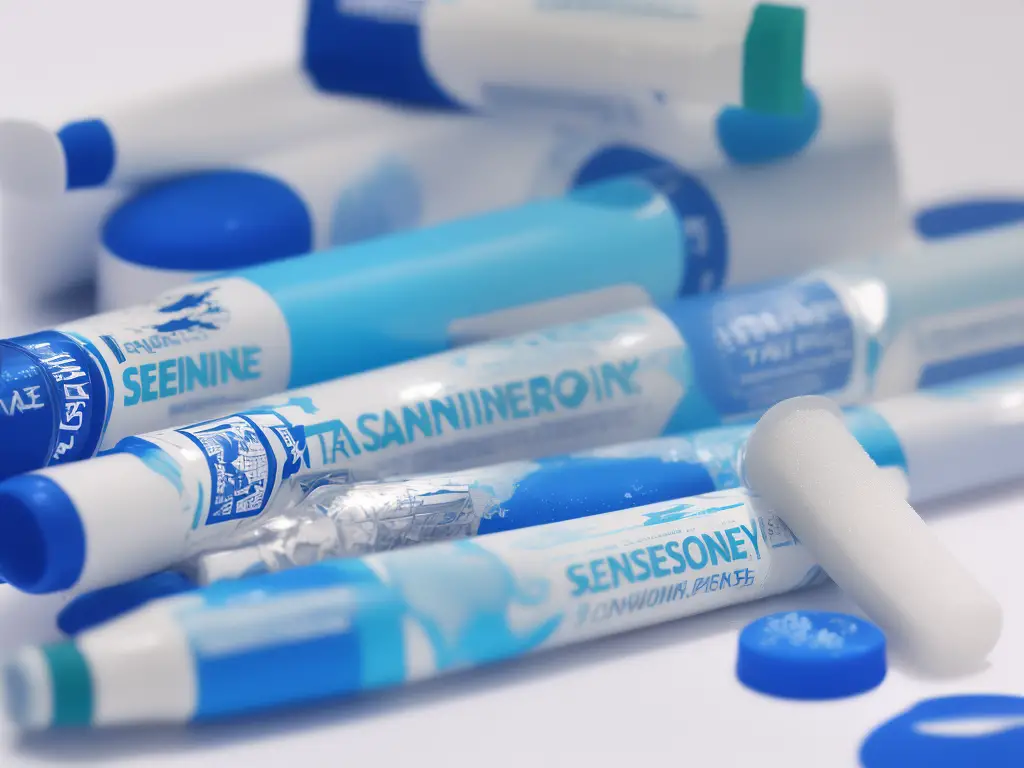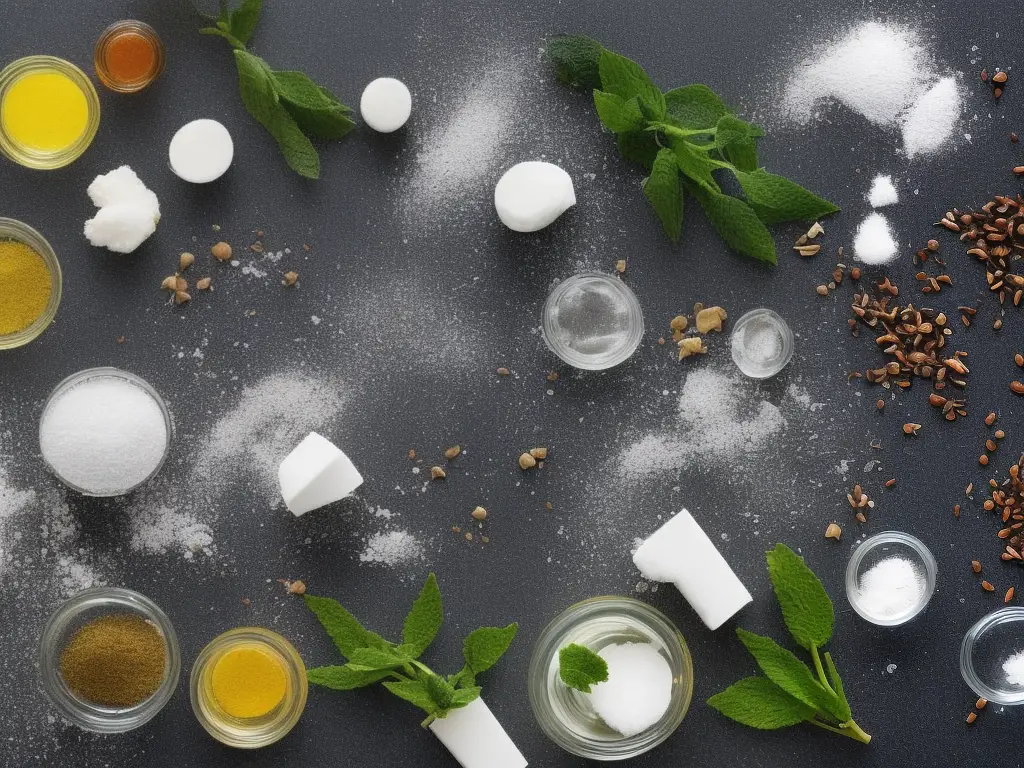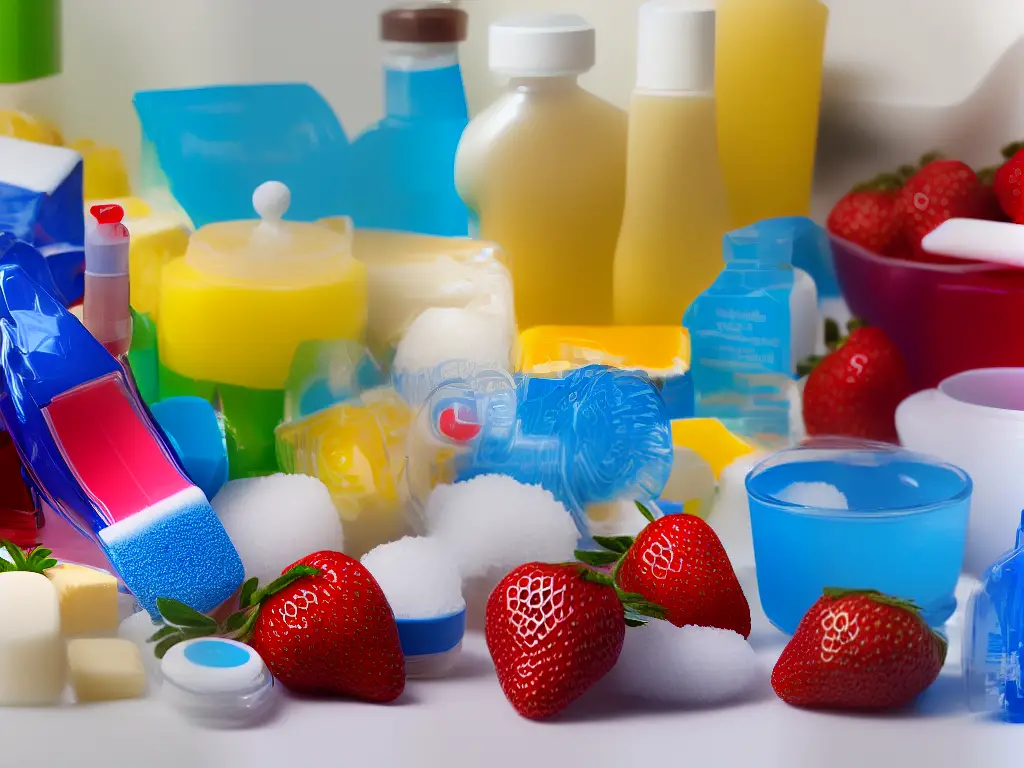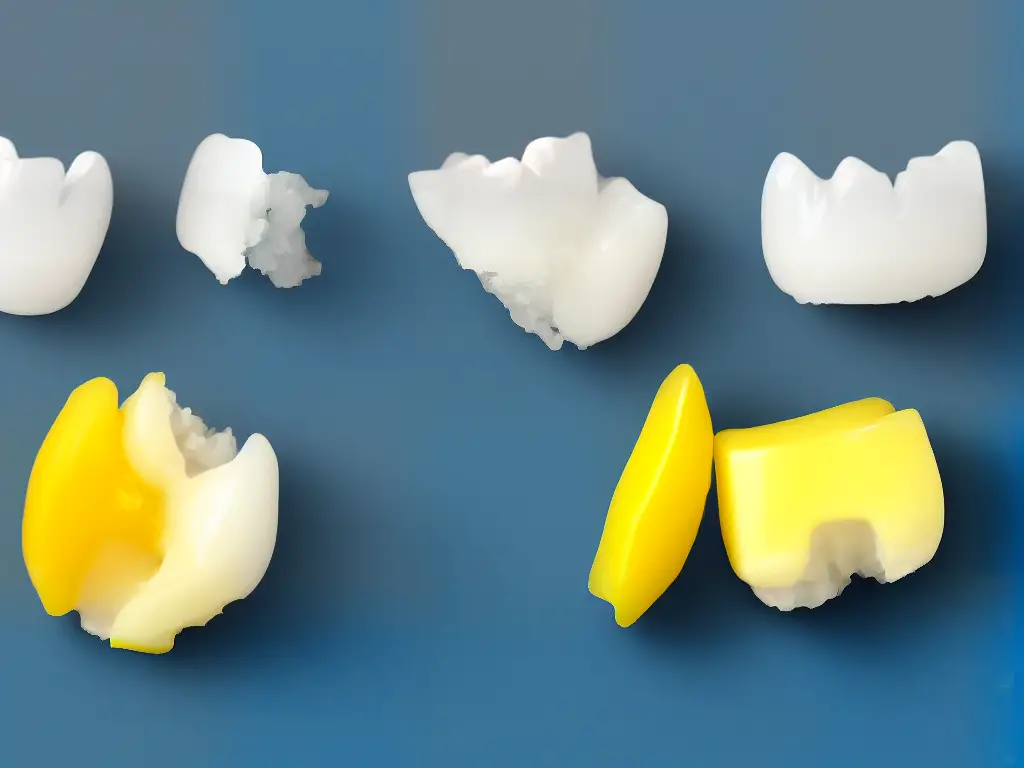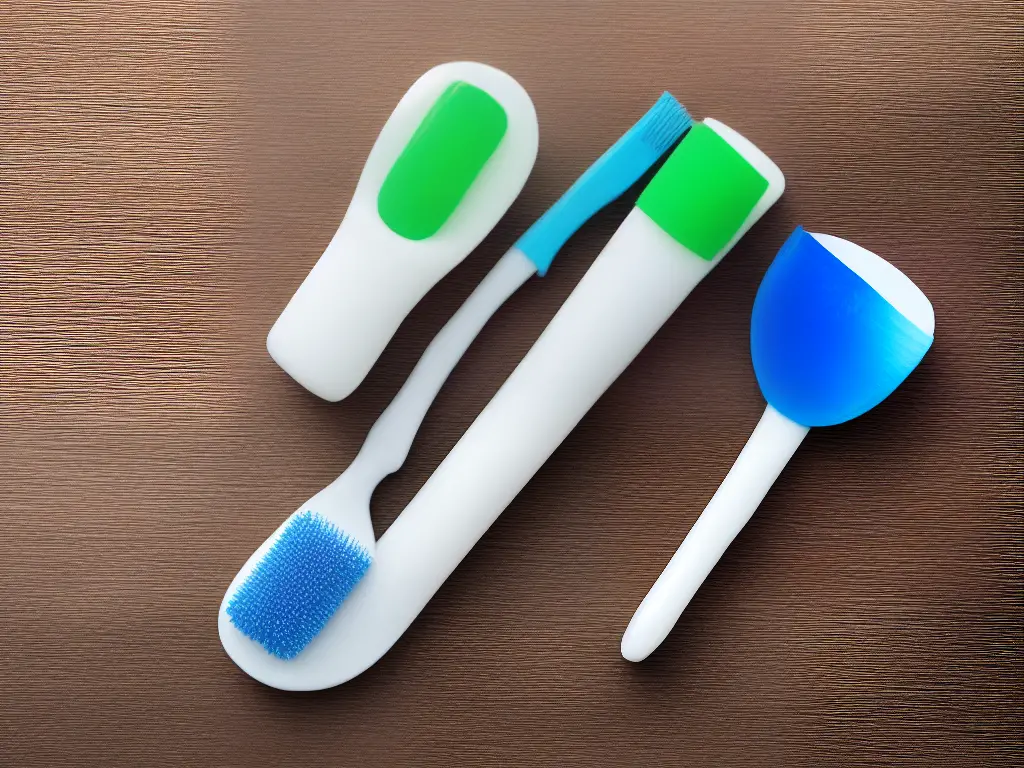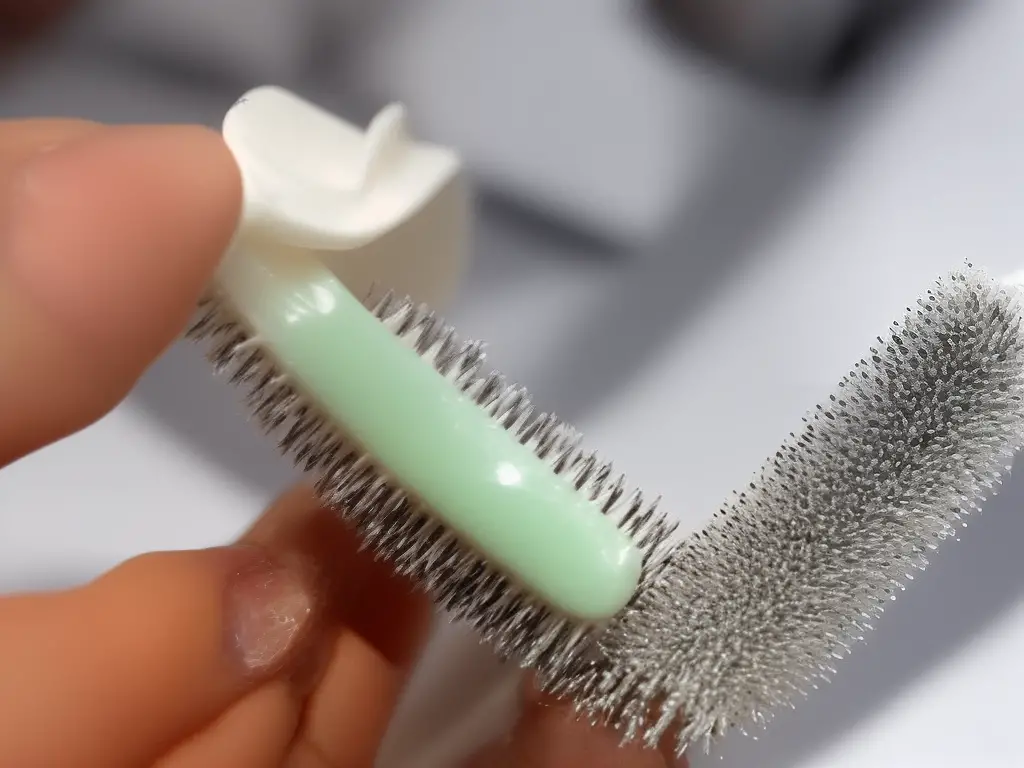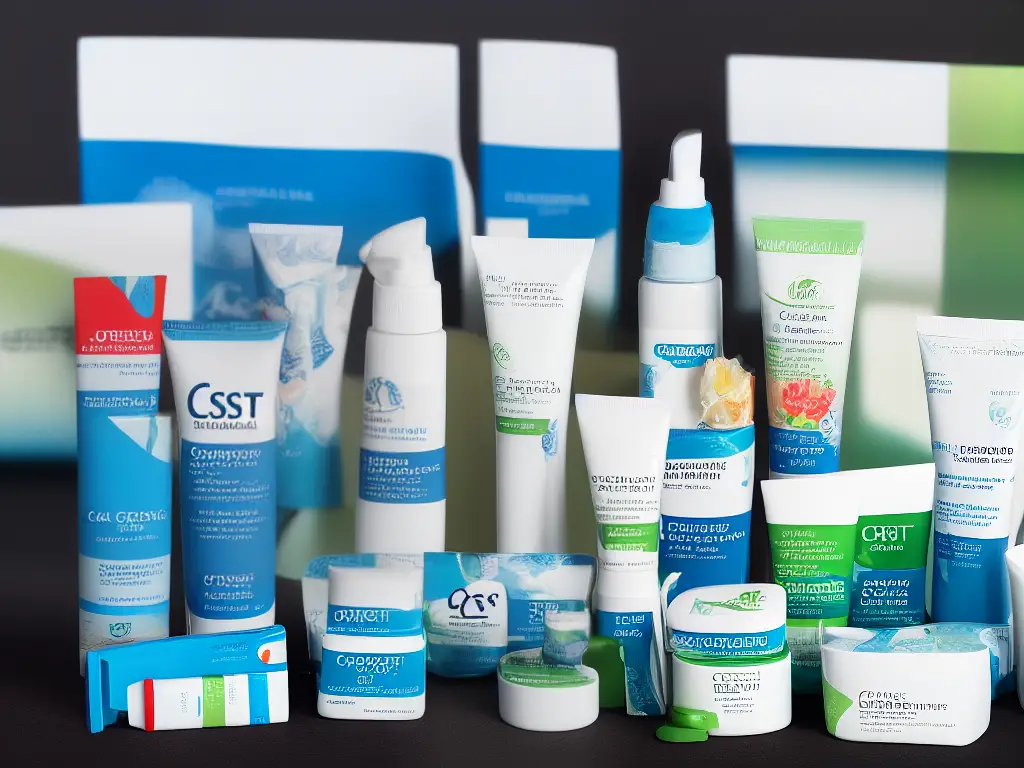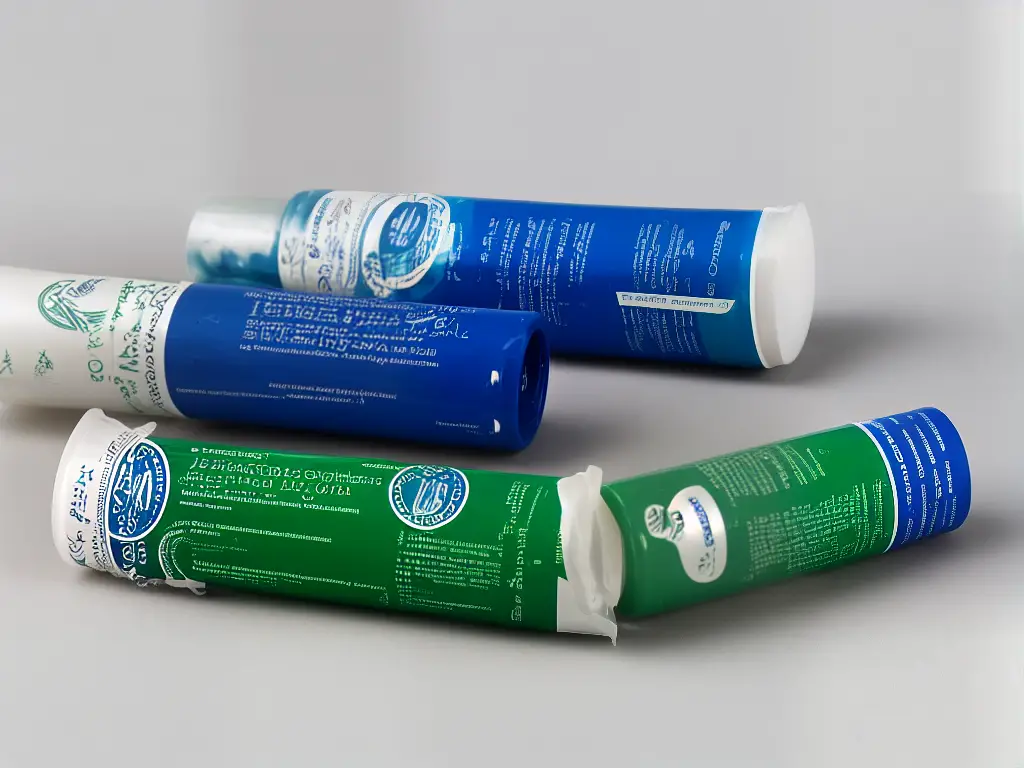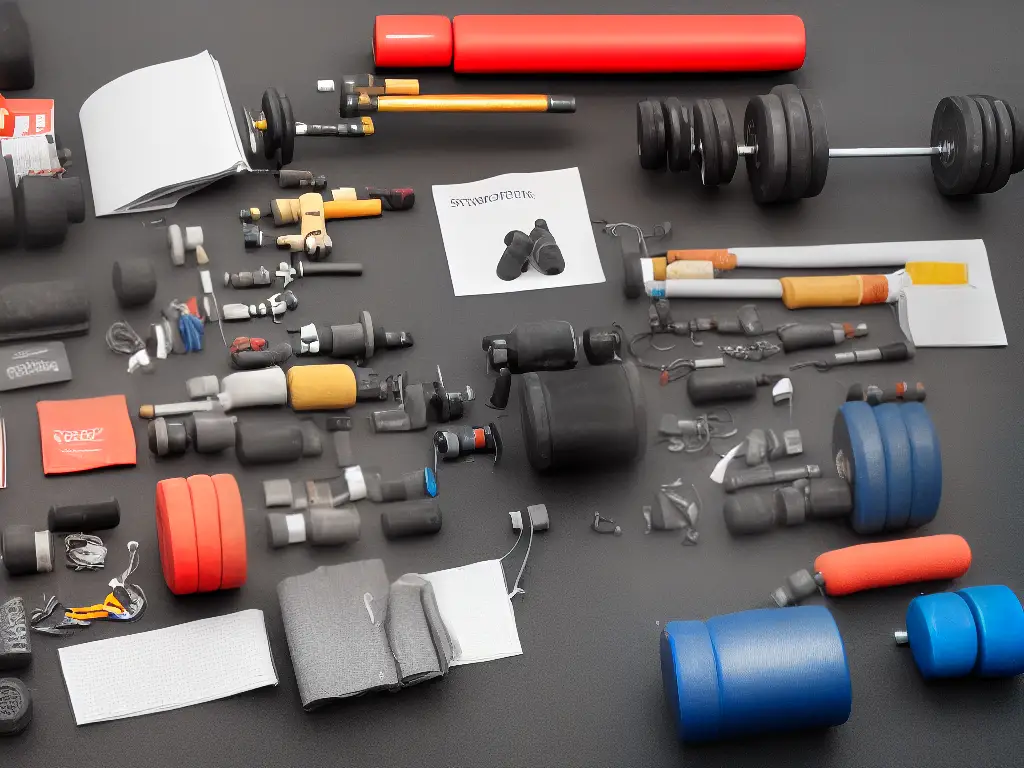Welcome to the wonderful world of apples! Apples are incredibly versatile ingredients and can be used in a wide range of delicious recipes. In this article, we’ll explore the different types of apples, learn various apple preparation techniques, and discover classic, unique, and international apple recipes. We will also discuss canning and preserving options as well as healthy recipe ideas for those seeking nutritious apple dishes. Let’s dive into our apple adventure!
Types of Apples
Apples are one of the most versatile and widely-consumed fruits around the world. With over 7,500 varieties of apples, there are several types, each with its unique flavor, texture, and color. In this guide, we will explore some popular types of apples, their taste profiles, and the best recipes to make with each variety.
1. Granny Smith Apples
- Taste Profile: Tart and tangy with a firm texture
- Best-suited Recipes: Pies, tarts, apple crisps, and as a contrast in salads
- Description: Granny Smith apples maintain their shape well, making them ideal for baking purposes. Their tartness balances out the sweetness in desserts and also complements other flavors in salads, such as mixed greens, walnuts, and goat cheese.
2. Red Delicious Apples
- Taste Profile: Sweet, mild flavor, and tender texture
- Best-suited Recipes: Fresh eating, fruit salads, apple sauce, and smoothies
- Description: These iconic red apples have a beautiful appearance, but their tender texture might get mushy when baked. They are best enjoyed raw, such as in fruit salads or as a snack.
3. Golden Delicious Apples
- Taste Profile: Sweet, mild flavor, with a tender-crisp texture
- Best-suited Recipes: Baking, apple sauce, and apple butter
- Description: Golden Delicious apples are versatile as they hold up well to baking and can be used for apple sauce and apple butter. They are also suitable as a standalone snack.
4. Fuji Apples
- Taste Profile: Sweet, juicy, and crunchy
- Best-suited Recipes: Fresh eating, salads, and baking
- Description: Fujis are a popular snack due to their sweet taste and crisp texture. They can also be used in salads, where their sweetness complements greens and vinaigrettes. Additionally, Fuji apples hold up well in baking, making them a suitable choice for pies and tarts.
5. Honeycrisp Apples
- Taste Profile: Sweet with a hint of tartness and a crisp, juicy texture
- Best-suited Recipes: Fresh eating, salads, and baking
- Description: Honeycrisps are known for their satisfying crunch and sweet flavor, making them a popular choice for snacking. They are also wonderful in salads and can be used in baking recipes, such as pies or apple crisps.
6. Gala Apples
- Taste Profile: Sweet and mildly tart with a firm texture
- Best-suited Recipes: Fresh eating, salads, and baking
- Description: Gala apples are multipurpose and can be used in several recipes due to their balanced taste profile and firm texture. They make for a suitable option for pies, tarts, salads, or simply by themselves as a snack.
7. McIntosh Apples
- Taste Profile: Mildly tart and tender
- Best-suited Recipes: Fresh eating, apple sauce, and apple butter
- Description: McIntosh apples are excellent for apple sauces and apple butter due to their tender texture. Their tartness adds a pleasant tangy flavor, making them a delightful addition to these recipes.
Understanding the different types of apples, their flavor profiles, and best-suited recipes can enhance your culinary skills and knowledge. From pies and tarts to salads and sauces, this guide provides valuable information for incorporating apples into various dishes. Feel free to mix and match different varieties to create unique flavor combinations that cater to your taste buds. Happy cooking!

Apple Preparation Techniques
Apples are a versatile fruit used in various delicious recipes such as pies, salads, and sauces. Proper apple preparation is essential for consistency in taste and appearance. In this guide, we will discuss different apple preparation techniques including peeling, coring, slicing, and storage tips to preserve their freshness.
1. Peeling
Required Tools:
- A sharp paring knife or a vegetable peeler
Instructions:
- Wash the apple thoroughly under running water to remove dirt and residues.
- Hold the apple in one hand and the peeler or the knife in the other.
- Start at the top near the stem, and firmly push the peeler or knife away from your body to remove the skin.
- Continue peeling the apple around its circumference, ensuring that you remove as little flesh as possible.
- After you have peeled the entire apple, give it a quick rinse to remove any remaining peel.
2. Coring
Required Tools:
- A sharp knife or an apple corer
Instructions:
- Place the apple on a cutting board with the stem facing up.
- If using a knife, cut the apple in half vertically through the stem and the bottom. Then make four angled cuts around the core, avoiding the seeds, to remove it.
- If using an apple corer, position the corer at the center of the apple and push it through until it reaches the bottom. Pull the corer back out to remove the core.
- Check for any remaining seeds or parts of the core and remove them.
3. Slicing
Required Tools:
- A sharp knife
Instructions:
- Place the cored apple halves on the cutting board with the flat sides facing down.
- Hold the apple firmly and slice it into even wedges, about ¼ inch thick. The thickness may vary depending on your preference and the specific recipe.
- Cut away any remaining peel or core if necessary.
4. Storage and Freshness Preservation
- To store apples for short periods, place them in a plastic bag in the refrigerator. They should last for up to a week.
- For long-term storage, store apples in a cool, dark, and well-ventilated place, such as a cellar or a fruit storage rack. Place them in a single layer, not touching each other, and check them frequently for signs of spoilage.
- Use a mixture of one part lemon juice and three parts water to prevent the apple slices from turning brown due to oxidation. Dip the apple slices in this solution before using them in salads or other recipes that require raw apples.
- For cooked apple dishes, like pies and crisps, peeling, coring, and slicing the apples right before cooking will help prevent browning and reduce the risk of spoilage during storage.
Now that you have learned different apple preparation techniques, you can apply them to your favorite apple recipes for excellent results. Enjoy exploring various apple dishes, and always remember to practice proper handling and storage techniques to enjoy fresh and delicious apples all year round!
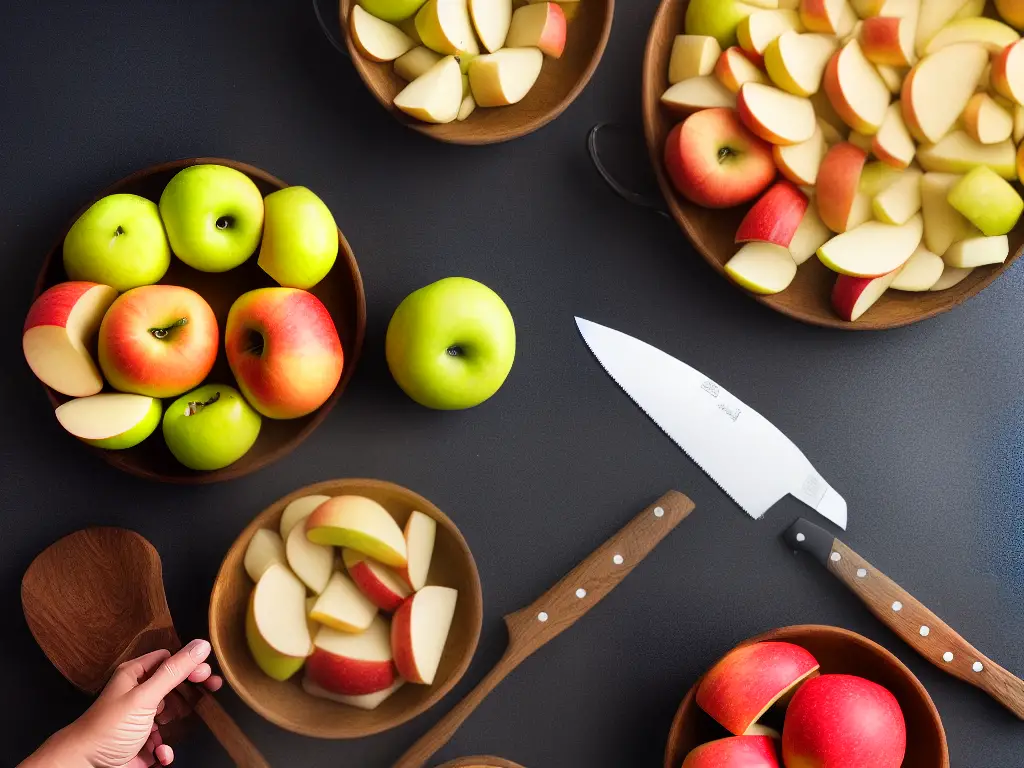
Classic Apple Recipes
Apples are incredibly versatile when it comes to cooking and baking. Classic apple recipes like apple pies, apple crisps, and apple sauces are not only delicious but also easy to prepare. In this guide, you will learn the necessary steps, ingredient choices, and baking techniques for creating these three classic apple recipes.
1. Apple Pie
- 6 cups thinly sliced, peeled apples (Granny Smith or Honeycrisp work well)
- 1 cup granulated sugar
- 2 tbsp all-purpose flour
- 1/2 tsp ground cinnamon
- 1/4 tsp ground nutmeg
- 1/4 tsp salt
- 1 tbsp lemon juice
- 2 premade pie crusts (or homemade)
- 1 tbsp butter
Instructions:
- Preheat the oven to 425°F (220°C).
- In a large bowl, mix together the sugar, flour, cinnamon, nutmeg, and salt.
- Add the apple slices and lemon juice to the bowl, coating the apples evenly in the dry mixture.
- Place the bottom pie crust in a 9-inch pie dish, gently pressing the crust down into the dish.
- Fill the crust with the apple mixture, piling the fruit higher in the center of the pie.
- Cut the butter into small pieces and dot the top of the apple mixture with the pieces.
- Place the top pie crust over the apple filling, crimping the edges of the two crusts together to seal the pie.
- Cut a few small slits in the top crust to allow steam to escape.
- Bake the pie for 45-50 minutes, or until the crust is golden brown and the filling is bubbly.
- Allow the pie to cool before serving.
2. Apple Crisp
- 6 cups thinly sliced, peeled apples (Granny Smith or Honeycrisp work well)
- 1 cup quick-cooking oats
- 1 cup all-purpose flour
- 1 cup packed brown sugar
- 1/4 tsp baking powder
- 1/4 tsp baking soda
- 1/2 cup butter, softened
Instructions:
- Preheat the oven to 350°F (175°C).
- Grease a 9×13-inch baking dish and layer the apple slices in the dish.
- In a large bowl, mix together the oats, flour, brown sugar, baking powder, and baking soda.
- Cut in the softened butter using a pastry cutter or two knives until the mixture resembles coarse crumbs.
- Sprinkle the crumb mixture evenly over the apple slices in the baking dish.
- Bake for 45 minutes, or until the apples are tender and the topping is golden brown.
- Serve warm, optionally with a scoop of vanilla ice cream.
3. Apple Sauce
- 4 apples, peeled, cored, and chopped (choose a soft variety such as McIntosh or Golden Delicious)
- 3/4 cup water
- 1/4 cup granulated sugar
- 1/2 tsp ground cinnamon
Instructions:
- In a medium saucepan, combine the chopped apples, water, sugar, and cinnamon.
- Bring the mixture to a boil, then reduce the heat, and let it simmer for 15-20 minutes, stirring occasionally.
- Once the apples are soft, remove the saucepan from the heat.
- For chunky applesauce, mash the apples with a potato masher until the desired consistency is reached. For a smoother applesauce, use an immersion blender or a food processor.
- Allow the apple sauce to cool before serving.
These classic apple recipes are sure to impress and delight your family and friends. With easy-to-follow instructions and simple ingredients, anyone can make these homemade apple pies, apple crisps, and apple sauces. Enjoy these fall favorites and remember to always use fresh, high-quality apples for the best results.

Unique Apple Recipes
Apples are a versatile fruit that can be used in a variety of dishes, both sweet and savory. In this guide, we will explore some unique apple recipes, including apple-stuffed chicken, apple salad, and apple chutneys. These dishes will demonstrate how apples can be incorporated in unconventional ways to create exciting new flavors and textures in your meals.
1. Apple-Stuffed Chicken
Ingredients:
- 4 boneless, skinless chicken breasts
- 2 medium apples, peeled, cored, and finely chopped
- 1/2 cup shredded cheddar cheese
- 1/4 cup bread crumbs
- 1/4 cup chopped walnuts
- 1/4 cup finely chopped fresh basil
- Salt and pepper, to taste
- 1 tablespoon olive oil
- Toothpicks or cooking twine (to secure chicken)
Instructions:
- Preheat your oven to 375°F (190°C).
- In a bowl, combine chopped apples, cheddar cheese, bread crumbs, walnuts, and basil. Mix well and season with salt and pepper.
- Cut a pocket into one side of each chicken breast, being careful not to cut all the way through. Stuff each pocket with an equal amount of the apple mixture and secure with toothpicks or cooking twine.
- Season the outside of the chicken breasts with salt and pepper.
- Heat olive oil in an oven-safe skillet over medium-high heat. Sear the chicken breasts for 3-4 minutes on each side, until they are golden brown.
- Place the skillet in the oven and bake for 20-25 minutes, or until the chicken reaches an internal temperature of 165°F(74°C).
- Remove the chicken from the oven and let it rest for 5 minutes before serving.
2. Apple Salad
Ingredients:
- 2 medium apples, thinly sliced
- 2 cups arugula or mixed greens
- 1/2 cup thinly sliced red onion
- 1/2 cup crumbled blue cheese
- 1/4 cup dried cranberries
- 1/4 cup chopped pecans
- Balsamic vinaigrette
Instructions:
- In a large salad bowl, combine apples, arugula, red onion, blue cheese, dried cranberries, and pecans.
- Drizzle with balsamic vinaigrette and toss gently to combine.
- Serve the salad as a side dish or add grilled chicken or fish for a complete meal.
3. Apple Chutney
Ingredients:
- 4 medium apples, peeled, cored, and chopped
- 1/2 cup chopped red onion
- 1/4 cup apple cider vinegar
- 1/4 cup brown sugar
- 1/4 cup raisins
- 1 tablespoon finely grated fresh ginger
- 1/2 teaspoon ground cinnamon
- 1/4 teaspoon ground cloves
- Salt and pepper, to taste
Instructions:
- In a medium saucepan, combine all the ingredients, and bring to a boil over medium heat.
- Reduce heat to low and simmer for 25-30 minutes, stirring occasionally, until the apples are soft and the chutney has thickened.
- Let the chutney cool before transferring it to an airtight container. Store it in the refrigerator for up to one week.
- Serve the apple chutney alongside roasted meats, grilled fish, or as a topping for sandwiches.
With these unique apple recipes, you’ll have an assortment of dishes to impress your friends and family. Incorporating apples in unconventional ways can bring a fresh and delightful twist to your meals. Enjoy experimenting with apples and discovering new flavors and textures in your dishes.

International Apple Recipes
Apples are a versatile fruit loved by many cultures worldwide and have inspired countless delicious recipes. In this guide, we will explore apple recipes from various countries, including French Tarte Tatin, German Apfelstrudel, and British apple crumbles. By learning and making these apple dishes, you can enjoy your apples in a whole new way while experiencing international flavors.
Recipe 1: French Tarte Tatin
- Ingredients:
- 5 medium-sized apples, peeled, cored, and cut into quarters
- 1 cup granulated sugar
- 6 tablespoons unsalted butter, diced
- 1/4 teaspoon salt
- 1 sheet puff pastry
- Instructions:
- Preheat the oven to 425°F (220°C).
- In a 10-inch oven-safe pan (preferably cast-iron), combine the sugar and 1/4 cup water. Cook over medium heat until the mixture turns into a deep amber caramel, about 10 minutes. Remove from heat and whisk in the butter and salt until melted and combined.
- Arrange the apples snugly in the caramel, cut side up, with the round sides against the edge of the pan.
- Roll out the puff pastry to a thickness of about 1/8 inch, then lay it over the apples, tucking the edges down into the pan.
- Place the pan in the preheated oven and bake for 25-30 minutes, or until the puff pastry is golden brown and crispy.
- Carefully remove the tarte from the oven and let cool for 10 minutes. To serve, place a plate (larger than the pan) over the tarte and carefully invert the tarte onto the plate. Serve warm with whipped cream or ice cream, if desired.
Recipe 2: German Apfelstrudel
- Ingredients:
- 4 medium-sized apples, peeled, cored, and sliced
- 1 cup granulated sugar
- 1 teaspoon cinnamon
- 1/2 cup raisins (optional)
- 1/2 cup finely chopped walnuts or almonds
- 4 tablespoons melted butter
- 1 package frozen phyllo dough, thawed
- Instructions:
- Preheat oven to 375°F (190°C). Prepare a baking sheet lined with parchment paper.
- In a large bowl, combine sliced apples, sugar, cinnamon, raisins (if using) and chopped nuts. Set aside.
- Lay one sheet of phyllo dough on a clean work surface and brush with melted butter. Repeat this process, layering 4-5 sheets of phyllo dough on top of one another.
- Spread the apple mixture along the longer side of the phyllo dough, leaving about 2 inches of space at the edges.
- Carefully roll up the dough and apple filling like a jelly roll, tucking the edges in as you roll.
- Place the strudel seam-side down on the prepared baking sheet. Brush with more melted butter, if desired.
- Bake for 30-35 minutes, or until the strudel is golden brown and crispy.
- Allow the strudel to cool slightly before cutting into thick slices. Serve warm with whipped cream or vanilla ice cream.
Recipe 3: British Apple Crumble
- Ingredients:
- 4 medium-sized apples, peeled, cored, and chopped
- 1/3 cup granulated sugar
- 1 teaspoon cinnamon
- 1 cup all-purpose flour
- 1/2 cup rolled oats
- 1/2 cup brown sugar
- 1/2 cup cold unsalted butter, cut into small pieces
- Pinch of salt
- Instructions:
- Preheat the oven to 375°F (190°C). Grease an 8×8-inch baking dish.
- In a large bowl, combine the chopped apples, granulated sugar, and cinnamon. Pour this mixture into the prepared baking dish.
- In another bowl, mix together the flour, rolled oats, brown sugar, and salt. Add in the cold butter and use your fingers or a pastry cutter to blend the butter into the dry ingredients until it resembles coarse crumbs.
- Spread the crumble topping over the apples in the baking dish, making sure to completely cover the apples.
- Bake in the preheated oven for 35-40 minutes, or until the topping is golden and crunchy and the apples are tender.
- Allow the apple crumble to cool slightly before serving with whipped cream or custard.
As you make these international apple recipes, you will not only satisfy your apple cravings but also expand your culinary skills to include these tasty cross-cultural delights. Enjoy!

Canning and Preserving Apples
Preserving and canning apples is a fantastic way to enjoy the flavors of fall all year round. In this guide, we will look at the process of canning and preserving apples. You will learn how to make apple butter, jams, and jellies that will last for months on the shelf.
Materials and Equipment:
- Fresh apples
- Sugar
- Pectin (for jams and jellies)
- Lemon juice
- Spices (optional: cinnamon, nutmeg, cloves)
- Large pot or saucepan
- Immersion blender or food processor (for apple butter)
- Mason jars with lids and screw bands
- Canning funnel
- Jar lifter
- Water bath canner or large stockpot with a lid
- Clean towels
Instructions:
- Prepare the apples. Wash and dry the apples thoroughly. Remove the stems, peel, core, and dice the apples into small pieces.
- Make apple butter, jam, or jelly base.
- For apple butter: Cook the diced apples with sugar, and spices (such as cinnamon, nutmeg, and cloves) in a large pot over low heat, stirring frequently. Cook until the apples are soft and can be easily mashed. Use an immersion blender or food processor to make a smooth puree.
- For apple jam:
In a large saucepan, combine the diced apples, sugar, and lemon juice. Cook over medium heat, stirring frequently until the sugar has dissolved and the apples soften slightly. - For apple jelly: In a large saucepan, combine the diced apples, sugar, pectin, and lemon juice. Cook over medium heat, stirring constantly, until the sugar dissolves and the mixture comes to a boil.
- Prepare jars for canning. Wash the jars, lids, and screw bands in hot, soapy water. Rinse thoroughly. Place the jars in the water bath canner (or large stockpot) filled with water. Bring the water to a boil, then reduce the heat to keep the jars hot until ready to fill. Place the lids and screw bands aside, as they should not be boiled.
- Fill jars with apple butter, jam, or jelly. Using a canning funnel, ladle the hot apple butter, jam, or jelly into the hot jars, leaving 1/4-inch headspace. Headspace is the empty space between the top of the preserves and the top of the jar. Wipe the rims of the jars with a clean, damp cloth to remove any spills.
- Attach lids and screw bands. Place a clean, hot lid on each jar, then screw the band down just until fingertip tight. Do not overtighten the bands.
- Process jars in a water bath canner. Place the filled jars in the water bath canner (or large stockpot) fitted with a rack. Ensure that the jars are covered with water by at least 1 inch. Bring the water to a boil, then cover the pot and process the jars for the recommended time based on your altitude and specific recipe (usually 10-20 minutes for apple butter, jams, and jellies).
- Cool and store jars. Use a jar lifter to remove the processed jars from the boiling water and place them on a clean towel to cool. The jars will make a “ping” sound as they seal. Once cooled, check the lids for a proper seal by pressing the center of the lid; it should not flex up or down. Wipe the jars clean, label them with the contents and the date, and store in a cool, dark place for up to one year.
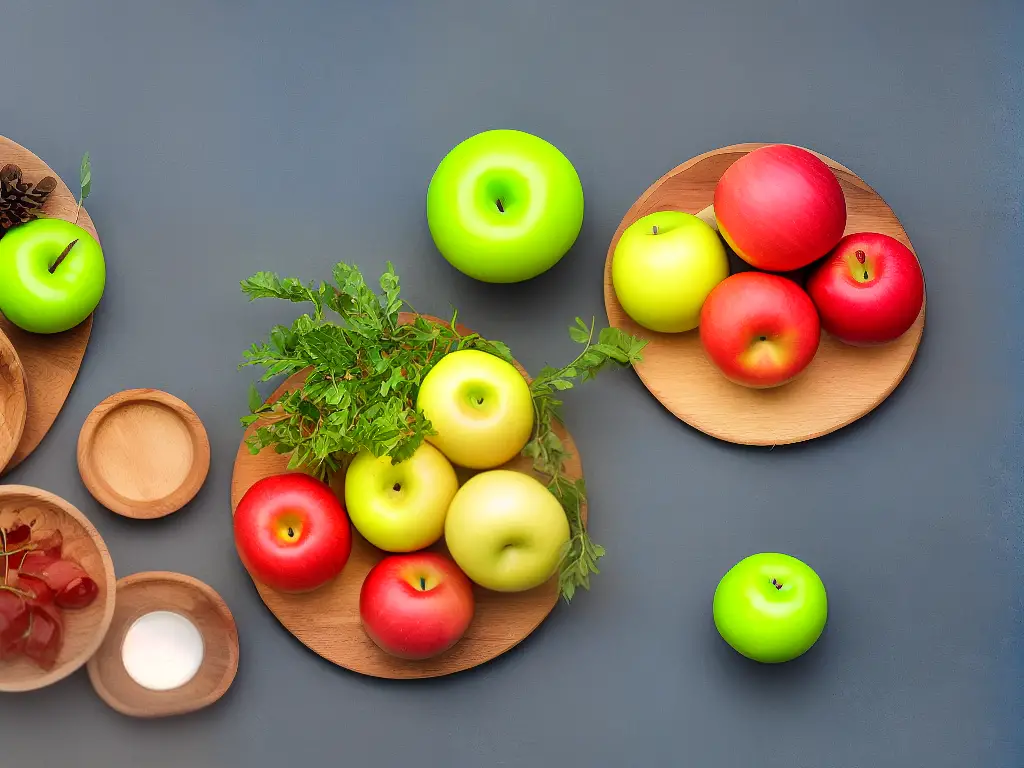
Healthy Apple Recipes
Apples are a versatile and nutritious fruit that can be enjoyed in many forms. Explore these healthy apple recipe options, including apple smoothies, baked apples, and sugar-free apple-based snacks to satisfy your cravings while keeping your health in check.
1. Apple Smoothie
Ingredients:
- 1 large apple, cored and chopped
- 1 cup unsweetened almond milk (or any milk of your choice)
- 1 cup baby spinach
- 1/2 cup Greek yogurt
- 1/2 banana
- 1 tablespoon honey or maple syrup (optional)
- 1/2 teaspoon cinnamon
- 1 cup ice
Instructions:
1. Place all ingredients in a blender and blend until smooth. Adjust sweetness with honey or maple syrup if desired. Enjoy your refreshing apple smoothie!
2. Baked Apples
Ingredients:
- 4 large apples
- 1/4 cup chopped walnuts
- 1/4 cup chopped dates (or raisins)
- 1 teaspoon cinnamon
- 1/8 teaspoon nutmeg
- 1/2 cup unsweetened apple juice or water
Instructions:
1. Preheat oven to 375°F (190°C).
2. Core each apple, leaving the bottom intact. Create a small well in the top of each apple using a spoon.
3. In a small bowl, combine the walnuts, dates, cinnamon, and nutmeg. Fill each apple with the mixture.
4. Place the apples in a baking dish and pour the apple juice or water into the bottom of the dish.
5. Bake for 35-40 minutes, or until apples are tender. Remove and allow to cool slightly before serving.
3. Sugar-Free Apple Chips
Ingredients:
- 2 large apples (any variety)
- 1 tablespoon lemon juice
- Cinnamon, to taste
Instructions:
1. Preheat oven to 225°F (105°C).
2. Line two baking sheets with parchment paper.
3. Thinly slice the apples, about 1/8-inch thick. Remove any seeds.
4. Toss the apple slices with lemon juice to prevent browning.
5. Arrange the apple slices in a single layer on the prepared baking sheets. Sprinkle with cinnamon to taste.
6. Bake for 1.5 to 2 hours, turning the apple slices halfway through cooking, until the apple slices are dry and crisp. Allow the apple chips to cool completely before transferring to an airtight container.
4. Apple Cinnamon Oatmeal
Ingredients:
- 1 cup old-fashioned rolled oats
- 2 cups unsweetened almond milk
- 1 large apple, cored and chopped
- 1/2 teaspoon cinnamon
- 1/4 teaspoon salt
- 1 teaspoon vanilla extract
- 1 tablespoon maple syrup (optional)
Instructions:
1. In a saucepan, combine oats, almond milk, chopped apple, cinnamon, and salt. Bring to a boil over medium heat, stirring frequently.
2. Lower the heat to a simmer, cover, and let cook for 7-8 minutes or until oats are tender and creamy.
3. Remove from heat and stir in vanilla extract. Adjust sweetness with maple syrup if desired.
4. Let oatmeal sit for 1-2 minutes to thicken. Serve warm, topped with additional chopped apples, nuts, or a sprinkle of cinnamon if desired.
Enjoy experimenting with these healthy apple recipes, packed with nutrients and flavors that will make you excited to incorporate apples into your daily meals!
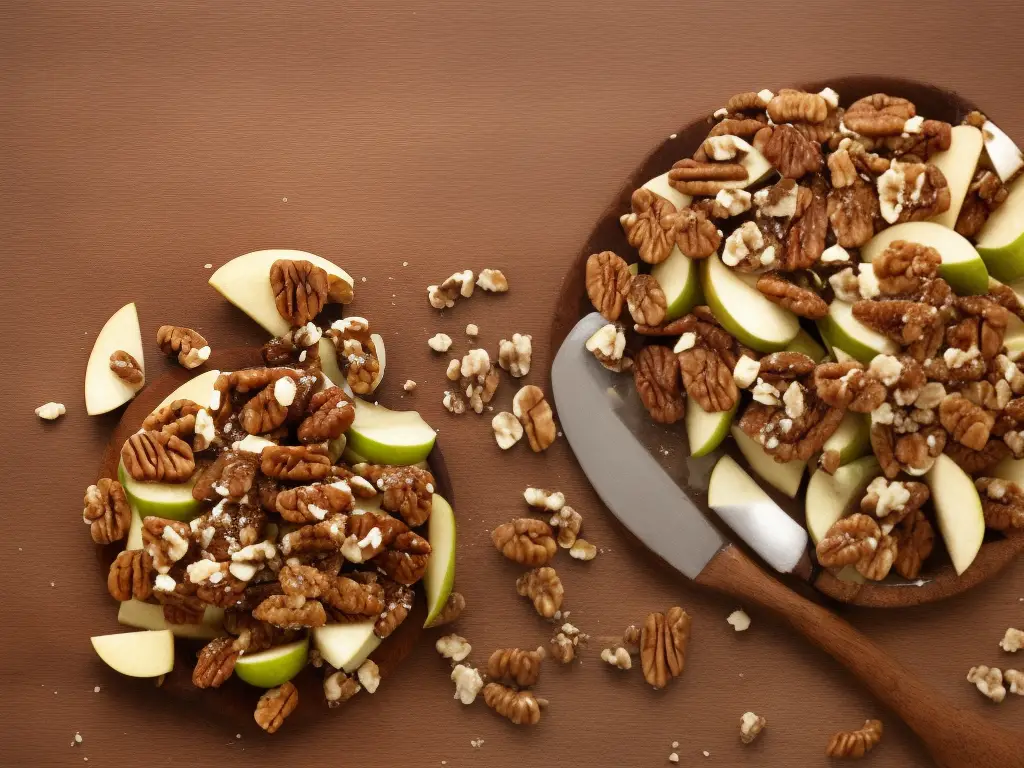
Now that you’ve learned more about the various types of apples, apple preparation techniques, and some incredible apple recipes from across the globe, it’s time to make the most of this wonderful fruit! Whether you’re preparing classic desserts, unique savory dishes, or preserves, you’re now equipped with the knowledge needed to create delightful apple-focused dishes for any occasion. So, grab some apples and let your culinary creativity shine!





















